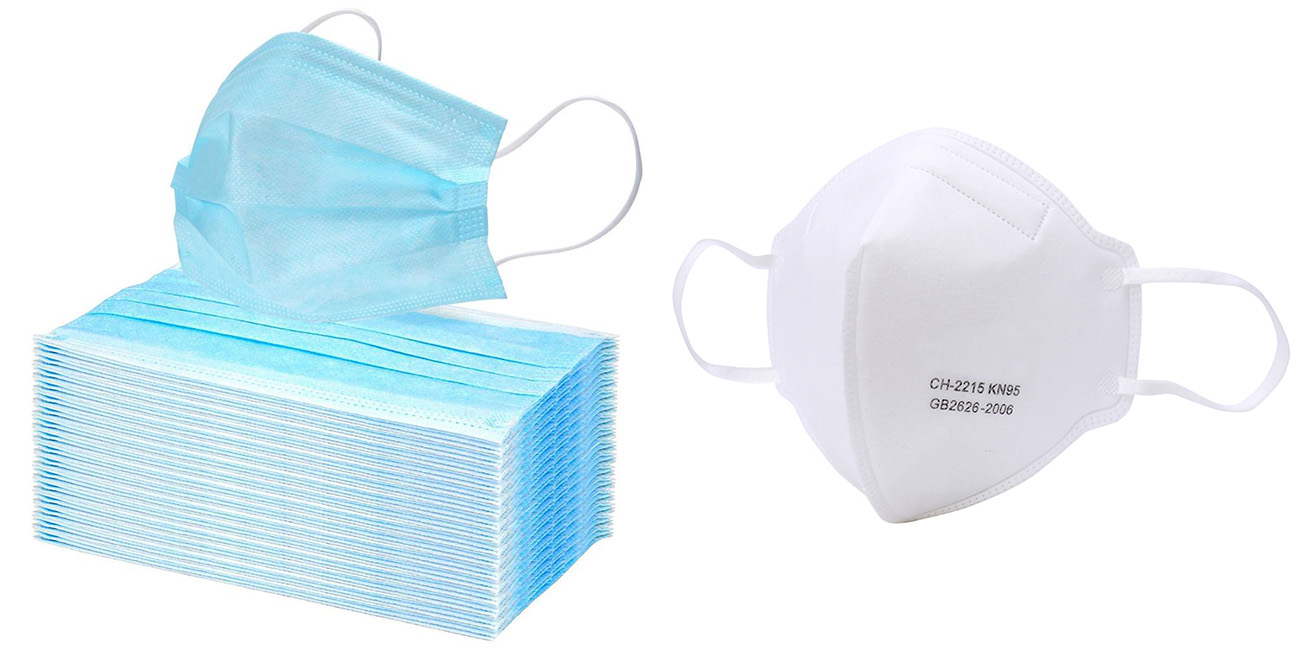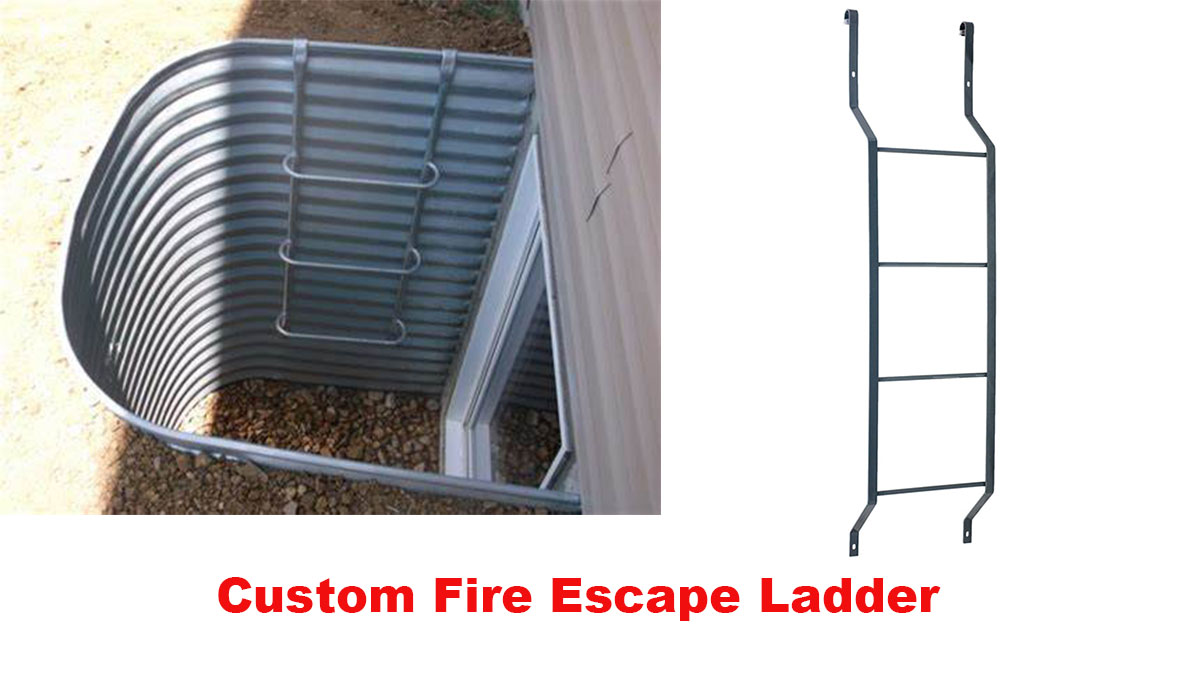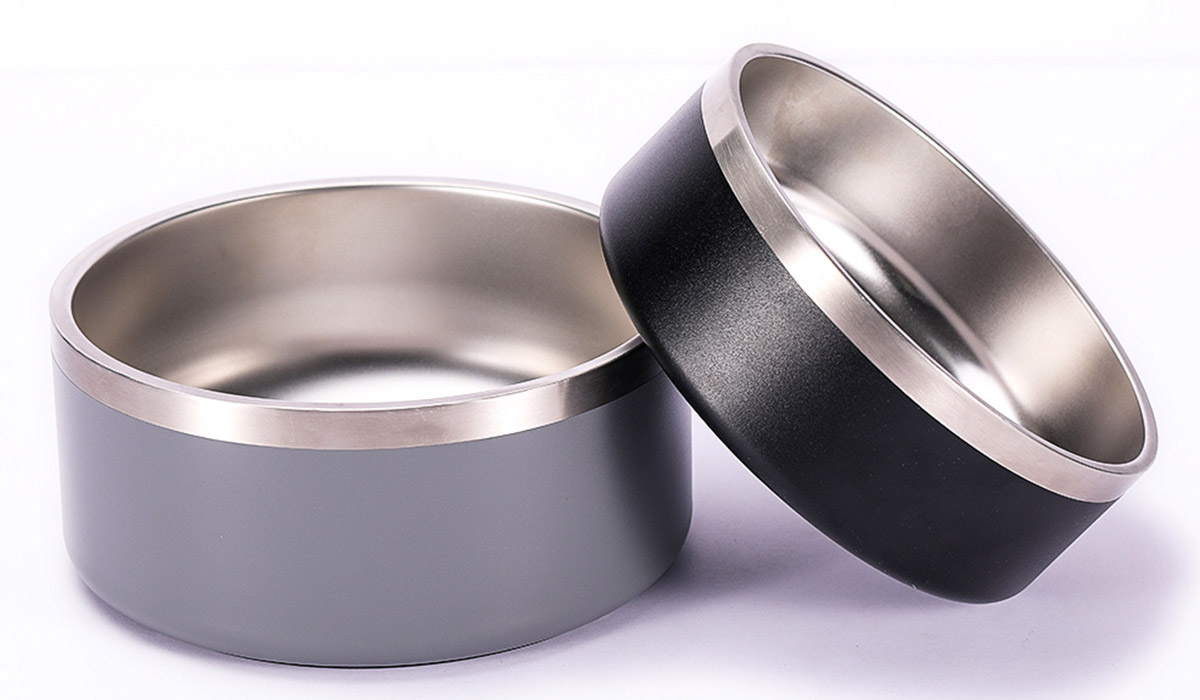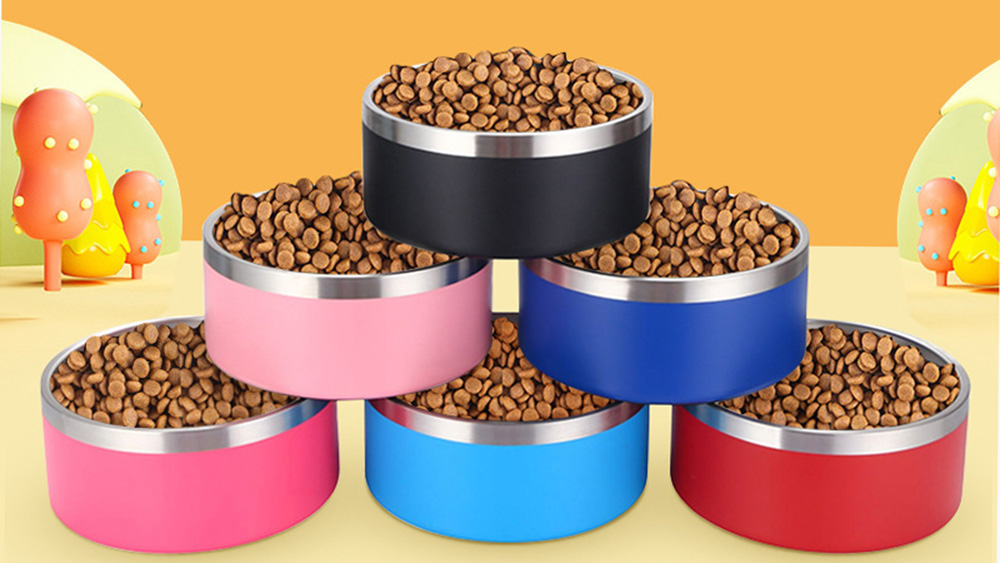Since the global outbreak of coronavirus, our phones have been ringing and emails have continued to flow, almost all asking for assistance in purchasing face masks (3ply medical disposable face mask, respirator KN95, N95, FFP2 and surgical mask), thermometers, and isolation garments.
In 2019, the output of masks in mainland China exceeded 5 billion, and the output value reached 10.235 billion yuan. Among them, medical masks that can be used for virus protection account for up to 54%. Although China’s mask production capacity is the world’s first, accounting for up to 50%, China’s mask production capacity is sufficient to respond to the epidemic, but the current coronavirus epidemic is booming, making the demand for masks explode. However, there are three reasons for insufficient mask supply in the short term: Insufficient reserves in the early stage; second, insufficient work during the Spring Festival holiday; and third, insufficient awareness of the choice of masks in different environments.
The mask market is also mixed, and the quality is uneven. Some products are of high quality and excellent price, while the quality of most products is poor.
During this period of coronavirus outbreak, how can we purchase qualified masks?
In this article, I’ll show you how to import face masks from China, and how to find suppliers of this product in China. You might not be going to import this item, but you will definitely be able to learn something about how to buy PPE(Personal Protective Equipment) from China.
Knowledge about Face Mask?
Face mask is a kind of sanitary product, generally refers to a device that is worn on the nose and mouth to filter the air entering the nose and mouth, so as to block harmful gases, odors, and droplets from entering and exiting the wearer’s mouth and nose.
Face masks have a certain filtering effect on the air entering the lungs. When respiratory infectious diseases are prevalent and when working in a polluted environment such as dust, wearing a mask has a very good effect.
Masks can be divided into air filter masks and air supply masks.
Masks can be divided into masks according to their purposes, divided into medical masks and non-medical masks, (and the latest determined) civil hygiene masks.
Where are Face Masks Produced in China?
The distribution of face mask capacity is the most concentrated in the Yangtze River Delta and the Beijing-Tianjin-Hebei region. In terms of industrial chain, the upstream enterprises are most concentrated in Jiangsu and Shandong, with 13 and 10 companies respectively; the middle reaches are most concentrated in Jiangsu and Henan There are 24 and 21 enterprises respectively; the downstream enterprises are most concentrated in Guangdong, Zhejiang, Beijing and Shanghai, and the number of enterprises is as many as 380 and 189.
How to Source Face Mask Suppliers in China?
Keen Sourcing team were looking for lower pricing face mask suppliers with suitable certificates such as CE, FDA. We found that some factories used famous brands; some factories purchased meltblown non-woven fabrics which are bad quality; and some factories provided counterfeit CE certificates. Before identifying a mask supplier, all you need to do is:
1. Check whether the supplier has the appropriate certificate. If it is exported to the European market, it must have a CE certificate.
2. check the supplier whether there is a second-level medical device record
3. Check whether the mask has a test report
4. Make sure that the supplier does not get bad products from the subcontractor and then mix them up.
How to Choose Good Quality Face Mask?
Only qualified masks can effectively filter the invasion of dust, bacteria, viruses and other harmful substances. What kind of masks are qualified masks?
1. Know about the size
Size: 18 cm × 9 cm (adult), 15 cm × 9 cm (child).
2. Mask type
In China, masks are divided into medical masks and non-medical masks, and (and newly identified) civil sanitary masks according to their uses.
At present, China’s mask standard mainly regulates two fields of civil protection and medical protection. Standards for civil protective masks GB / T 32610-2016 “Technical Specifications for Daily Protective Masks”, GB 2626-2006 “Respiratory Protection Products Self-Suction Filtering Anti-Particle Respirator”, mainly applicable to the protection of particles Played an important role in the process, but the barrier masks (mainly flat masks) that are used in large numbers in the resumption of production and production can not meet the requirements of the above two standards. The medical standards GB 19083-2010 “Technical Requirements for Medical Protective Masks”, YY 0469-2011 “Medical Surgical Masks”, YY / T 0969-2013 “Disposable Medical Masks” are mainly applicable to medical institutions. However, there are no suitable standards for hygienic (barrier type) masks used by ordinary people according to the mask usage scenarios and the crowd. In order to better meet the urgent needs of the public for hygienic masks during the outbreak, it is convenient for enterprises that produce / convert masks to adopt and apply standards, while ensuring product quality and facilitating market supervision. The market conducted an argumentation study and urgently submitted an application for the establishment of the “Civil Hygiene Mask” group standard to the China National Textile and Apparel Council (China Textile Federation) Standardization Technical Committee. On March 11, the China Communist Party Association officially released the T / CNITA 09104-2020 “civil sanitary mask” standard.
According to the filtration level, N95 masks in the US and Canada are equal to Chinese KN95 masks and European CE standard FFP2 masks.
3. Learn about the material
Spunbond Non-woven
Definition: After extruding and stretching the polymer to form continuous filaments, the filaments are laid into a web, and the web is then subjected to self-bonding, thermal bonding, chemical bonding or mechanical reinforcement methods to make the web non-woven cloth.
Features: good high temperature resistance, low temperature resistance (polypropylene can be used for a long time in 150 ℃ environment, polyester can be used for a long time in 260 ℃ environment), aging resistance, UV resistance, high elongation, good stability and breathability Corrosion resistance, sound insulation, mothproof, non-toxic.
Main application: The main materials of spunbond nonwoven fabric are polyester and polypropylene. The main products of spunbond nonwoven fabrics are polypropylene and polyester (long fiber, short fiber) nonwoven fabrics. The most common and commonly used applications are nonwoven bags and nonwoven fabric packaging. For spunbonded nonwoven fabrics It is easier to identify, generally has good bidirectional fastness, and the rolling point of general spunbond non-woven fabric is diamond-shaped. At the application level, it can also be used to make flower packaging cloth, luggage cloth, etc. It has the characteristics of abrasion resistance, good hand feel, etc.
Meltblown Nonwoven
Meltblown non-woven cloth is the core material of masks. The quality of the meltblown cloth layer of the mask is related to the quality of the mask and the efficiency of filtration.
Definition: Meltblown non-woven cloth is the core material of masks. Meltblown cloth mainly uses polypropylene as the main raw material, and the fiber diameter can reach 1 to 5 microns. There are many voids, fluffy structure, and good fold resistance. The ultrafine fibers with unique capillary structure increase the number and surface area of fibers per unit area, so that the melt-blown cloth has good filtration, shielding, heat insulation, and oil absorption. It can be used in the fields of air, liquid filtration materials, insulation materials, absorption materials, mask materials, thermal insulation materials, oil-absorbing materials and wipers.
Main specifications: Gram weight: 18g-500g
Width: generally 160cm and 180cm (can also be determined according to customer needs)
Melt-blown cloth is a high-speed hot air flow to draw a thin stream of polymer melt extruded from the die orifice, thereby forming ultra-fine fibers and collecting them on the condensed screen or roller, while bonding themselves to become Meltblown nonwoven fabric.
The production process of meltblown cloth is mainly as follows:
1. Melt preparation
2. Filter
3. Measurement
4. Melt is extruded from the spinneret
5. Melt trickle drafting and cooling
6. Netting
Product use: Meltblown cloth uses polypropylene as the main raw material, and the fiber diameter can reach 0.5-10 microns. These ultrafine fibers with unique capillary structure increase the number and surface area of fibers per unit area, thereby making the meltblown cloth very good. Air filterability is a relatively good mask material. In large, medium and small medical institutions, in earthquake- and flood-affected areas, and during the high season of SARS, avian influenza and H1N1 virus, melt-blown filter paper exerts its strong filtering performance Irreplaceable role.
The main use of meltblown cloth is:
1. Filter material
2. Medical and health materials
3. Environmental protection materials
4. Clothing materials
5. Battery separator material
6. Wiping materials
What’s the Price to Buy from Factories in China?
The unit price of 3 ply medical mask is now USD 0.10-0.21. The specific quotation depends on the order quantity and packaging requirements.
The unit price of KN95 masks is now USD 0.88 – USD 1.90. The specific quotation depends on the order quantity and packaging requirements.
Can Supplier Help Print Logo or Customize the Design?
During the outbreak of this coronavirus, factories generally do not accept orders for customize design shaped face masks or respirators. However, it’s OK to print custom logo and text on face masks or respirators..









